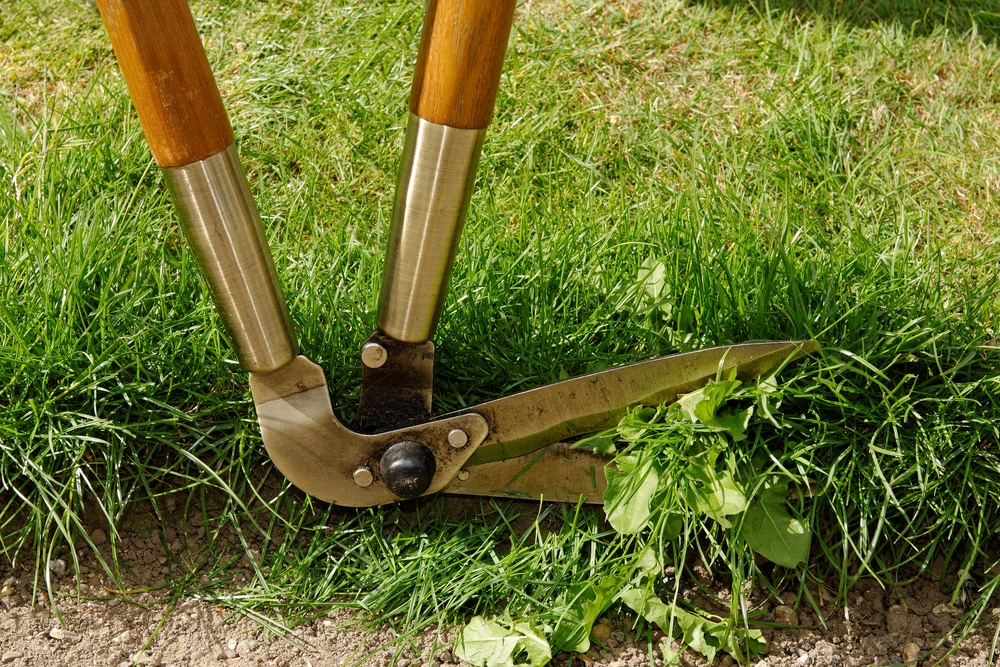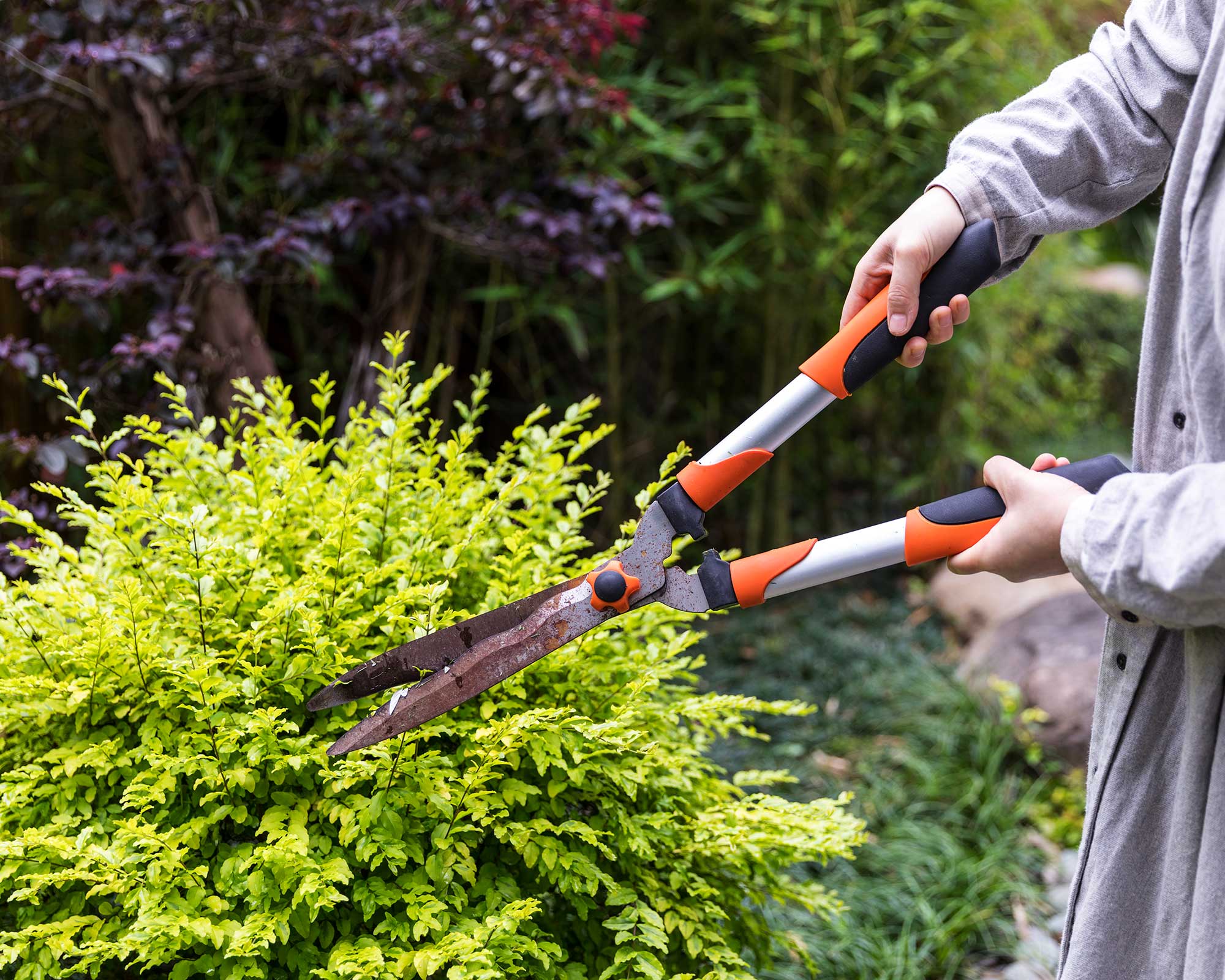The Importance of Sharp Garden Tools
Efficient gardening requires more than just a green thumb; it also demands the right tools in top condition. Sharp garden tools can make a significant difference in the quality of your work, saving you time and energy in the process. When tools are dull, even the simplest tasks can become exhausting and frustrating. By learning how to sharpen garden tools effectively, you can avoid these issues and enjoy a more productive and enjoyable gardening experience. Sharp tools also lead to better results, as they enable you to make precise cuts and prune with ease. In contrast, dull tools can cause damage to plants and lead to subpar results. Understanding the importance of sharp garden tools is the first step in mastering the art of gardening. So, how do you sharpen garden tools to achieve optimal performance?
Choosing the Right Sharpening Method
When it comes to sharpening garden tools, there are several methods to choose from, each with its own advantages and disadvantages. The most common methods include using a whetstone, diamond stone, or file. A whetstone is a popular choice for sharpening garden tools, as it allows for a high degree of precision and control. Diamond stones, on the other hand, are ideal for sharpening very dull tools or those with a lot of nicks and chips. Files are also effective, but may require more skill and practice to use effectively. To select the best method for a specific tool, consider the type of metal, the level of dullness, and the desired level of sharpness. For example, a whetstone may be best for sharpening pruning shears, while a diamond stone may be more effective for sharpening a very dull hoe. By understanding the different sharpening methods and how to apply them, you can learn how do you sharpen garden tools like a pro and achieve optimal results.
How to Sharpen Pruning Shears and Loppers
Pruning shears and loppers are essential tools for any gardener, and keeping them sharp is crucial for making clean cuts and preventing damage to plants. To sharpen pruning shears and loppers, start by selecting the right sharpening method for the tool. A whetstone or diamond stone is often the best choice for these tools. Hold the tool at the desired angle, typically around 20 degrees, and position the blade so that it is perpendicular to the sharpening stone. Apply light pressure and draw the blade across the stone in a smooth, consistent motion. Repeat this process several times, flipping the blade over and alternating sides to ensure an even edge. For loppers, it may be helpful to use a file or sharpening steel to sharpen the curved blade. By following these steps and learning how do you sharpen garden tools, you can keep your pruning shears and loppers in top condition and make gardening tasks easier and more efficient.
Sharpening Garden Knives and Hoes
Sharpening garden knives and hoes requires a bit more finesse than sharpening pruning shears and loppers, but with the right techniques, you can achieve a razor-sharp edge. To start, identify the bevel of the blade, which is the angled edge that meets the flat surface of the tool. For garden knives, the bevel is usually around 20-30 degrees, while hoes typically have a more aggressive bevel of 30-40 degrees. Choose a sharpening method that suits the tool, such as a whetstone or diamond stone for garden knives, and a file or sharpening steel for hoes. Hold the tool at the desired angle and draw it across the sharpening surface in a smooth, consistent motion. Apply light pressure and maintain the edge by sharpening regularly. When learning how do you sharpen garden tools, it’s essential to understand the specific needs of each tool to achieve optimal results. By following these tips, you can keep your garden knives and hoes in top condition and make gardening tasks easier and more efficient.
Tips for Sharpening Other Garden Tools
In addition to pruning shears, loppers, knives, and hoes, there are many other garden tools that require regular sharpening to maintain their effectiveness. Trowels, cultivators, and axes are just a few examples of tools that can benefit from sharpening. When learning how do you sharpen garden tools, it’s essential to understand the specific needs of each tool. For trowels, use a file or sharpening steel to maintain the curved edge, while cultivators may require a whetstone or diamond stone to sharpen the blades. Axes, on the other hand, require a more aggressive sharpening method, such as using a grinder or sharpening steel. Regardless of the tool, it’s crucial to adapt the sharpening method to the material and design of the tool. For example, stainless steel tools may require a different sharpening method than carbon steel tools. By following these tips and adapting sharpening methods to different tool materials, you can keep all your garden tools in top condition and make gardening tasks easier and more efficient.
Maintaining Your Garden Tools
Regular tool maintenance is crucial to ensure that your garden tools remain in good condition and continue to perform optimally. After learning how do you sharpen garden tools, it’s essential to clean and store them properly to prevent rust and damage. Start by wiping down the tools with a dry cloth to remove any dirt or debris. For tools with moving parts, apply a small amount of lubricant to keep them running smoothly. Store tools in a dry place, away from direct sunlight, and consider using a tool organizer or storage box to keep them organized and within reach. Regularly inspect your tools for signs of wear and tear, such as rust, corrosion, or damage to the blades or handles. By following these simple maintenance tips, you can extend the life of your garden tools and ensure that they continue to serve you well. Remember, a well-maintained tool is a sharp tool, and a sharp tool is essential for achieving professional-looking results in your garden.
Common Mistakes to Avoid When Sharpening Garden Tools
When learning how do you sharpen garden tools, it’s essential to avoid common mistakes that can lead to ineffective sharpening, damage to the tool, or even injury. One of the most common mistakes is using the wrong sharpening method for a particular tool. For example, using a whetstone on a tool that requires a diamond stone can lead to a dull edge. Another mistake is applying too much pressure, which can cause the tool to become overheated and damage the blade. Neglecting to maintain the tool’s edge is also a common mistake, as it can lead to a dull tool that requires more frequent sharpening. Additionally, failing to clean and inspect the tool before sharpening can lead to a poor sharpening job. By being aware of these common mistakes, gardeners can avoid them and achieve professional-looking results when sharpening their garden tools. Remember, sharpening garden tools is a skill that requires patience, practice, and attention to detail.
Conclusion: Sharpening Garden Tools for a More Enjoyable Gardening Experience
In conclusion, learning how do you sharpen garden tools is a crucial aspect of gardening that can greatly impact the efficiency, effectiveness, and overall enjoyment of gardening tasks. By following the tips and techniques outlined in this article, gardeners can achieve professional-looking results and extend the life of their garden tools. Remember, sharpening garden tools is a skill that requires patience, practice, and attention to detail. With the right techniques and a bit of dedication, anyone can become a pro at sharpening their garden tools and take their gardening experience to the next level. So, don’t be afraid to get started and discover the benefits of using sharp garden tools for yourself. Happy gardening!







